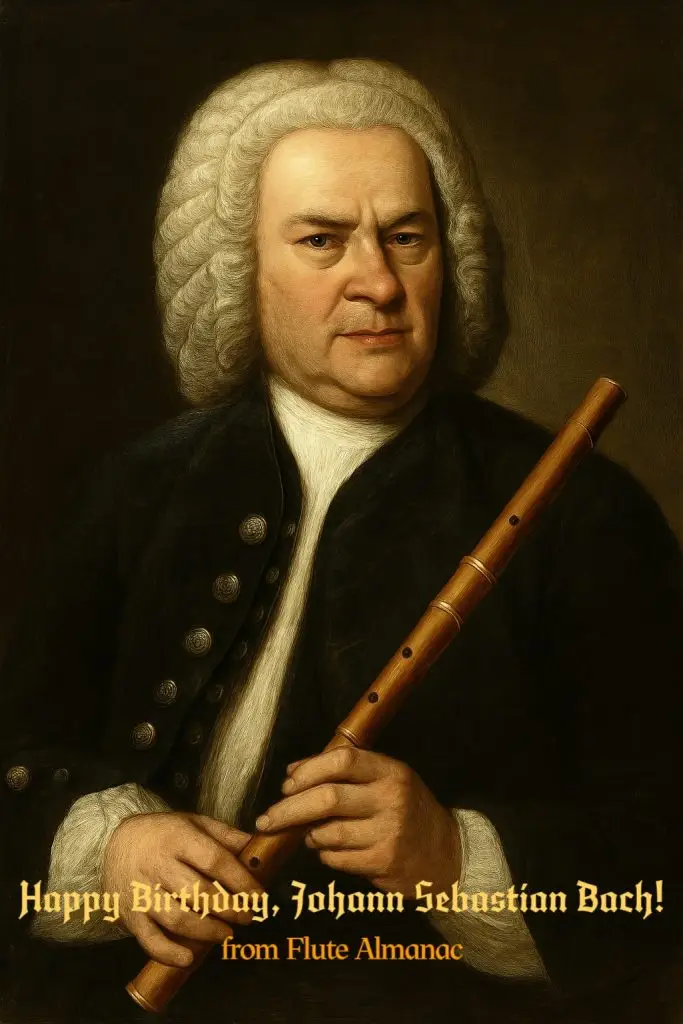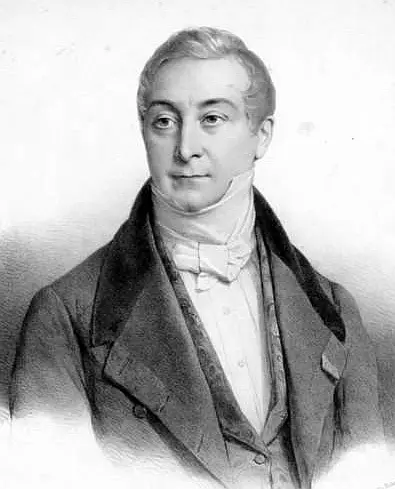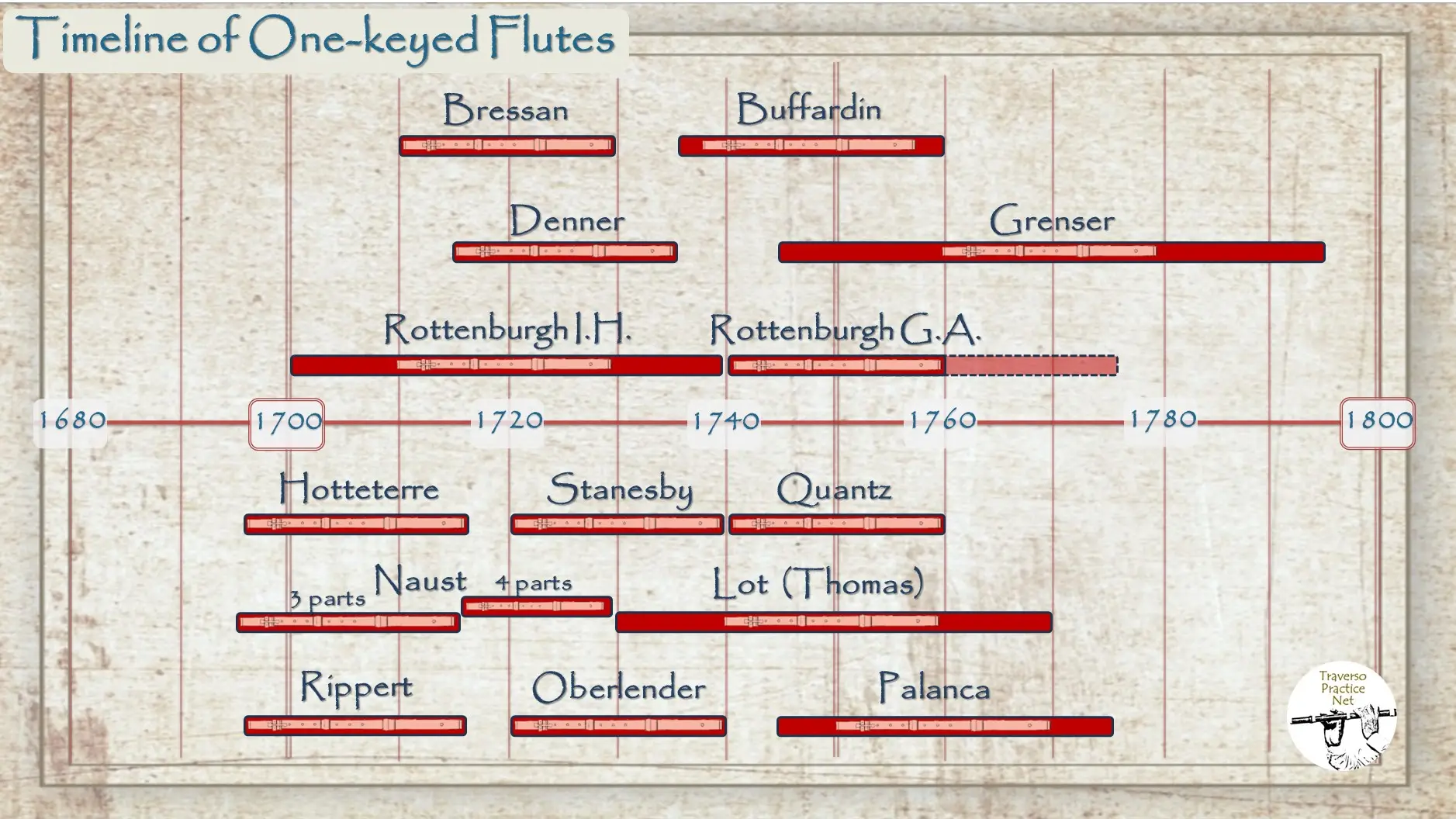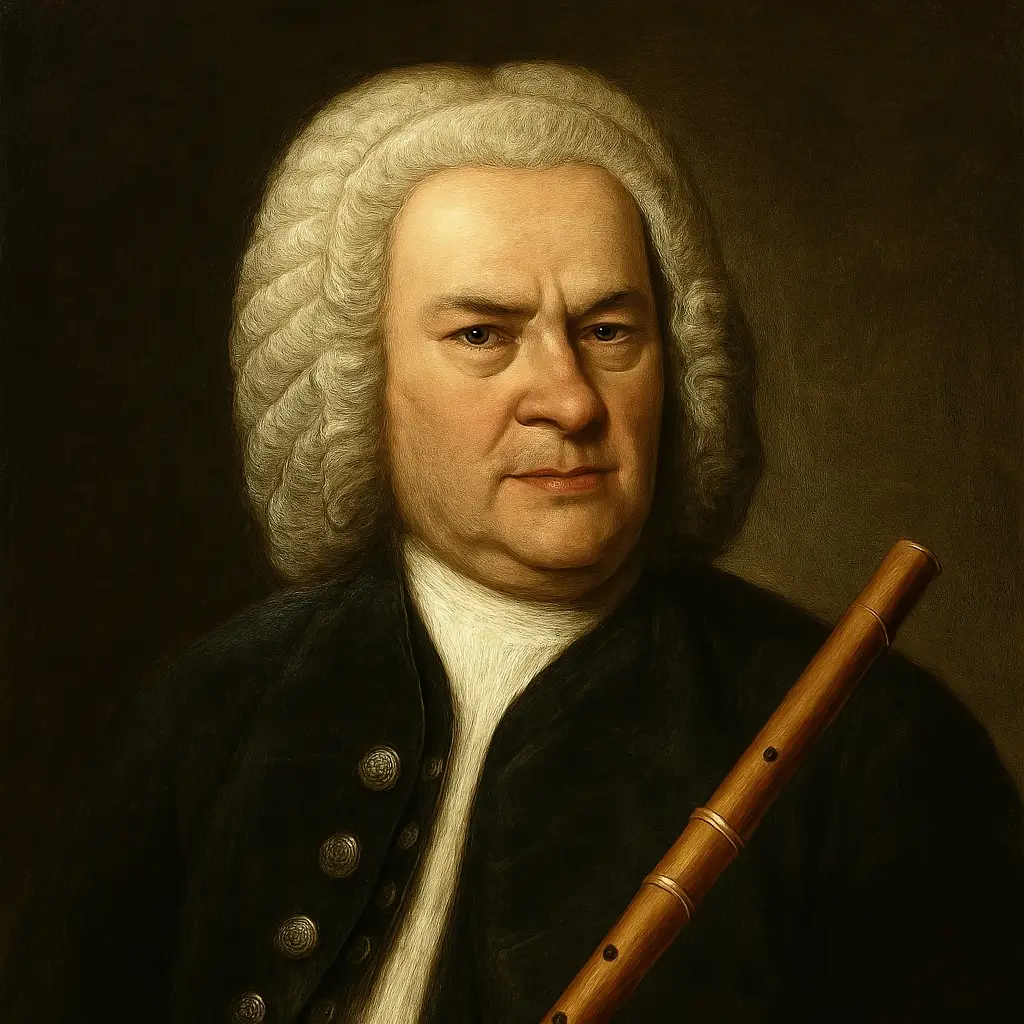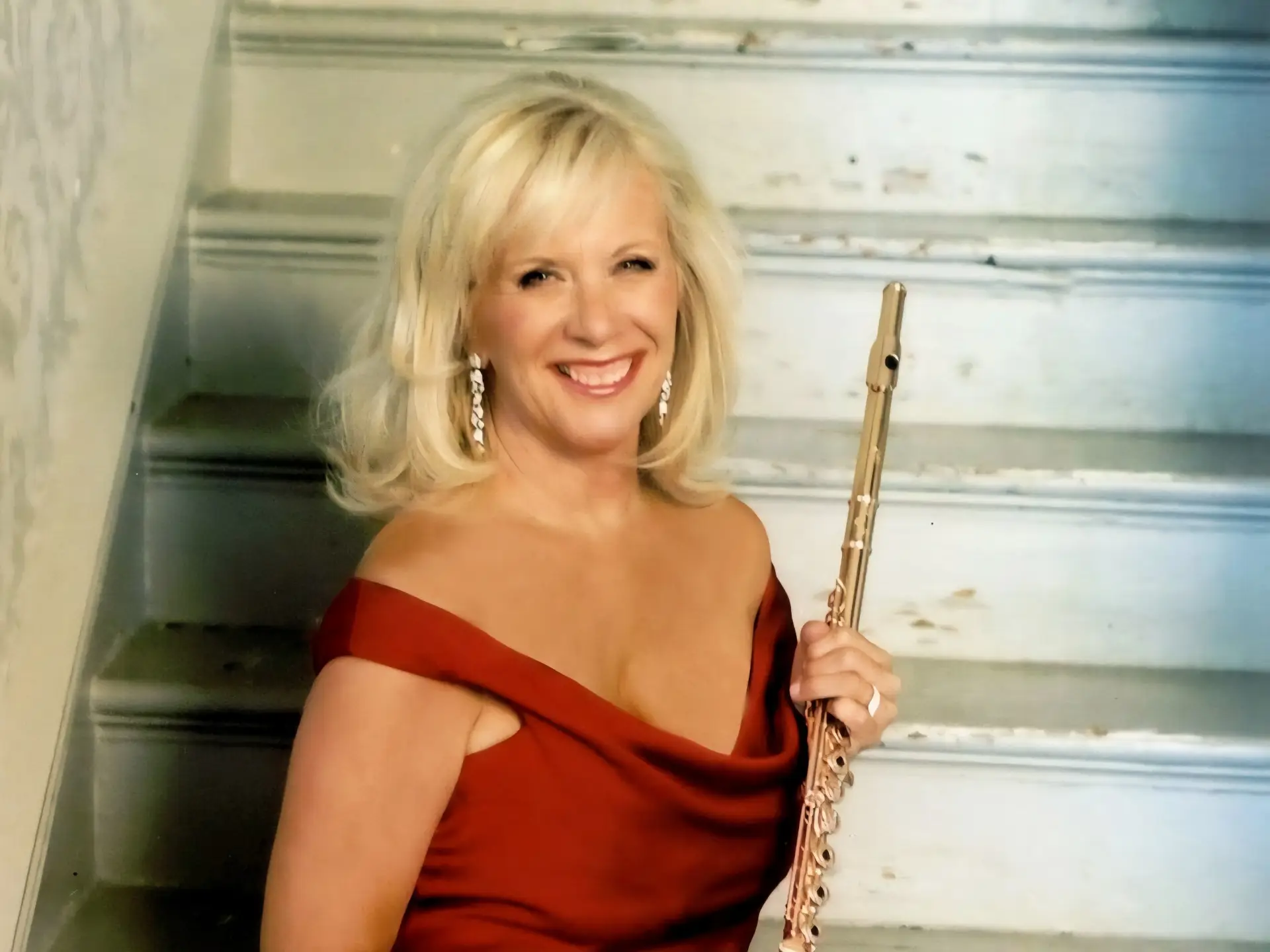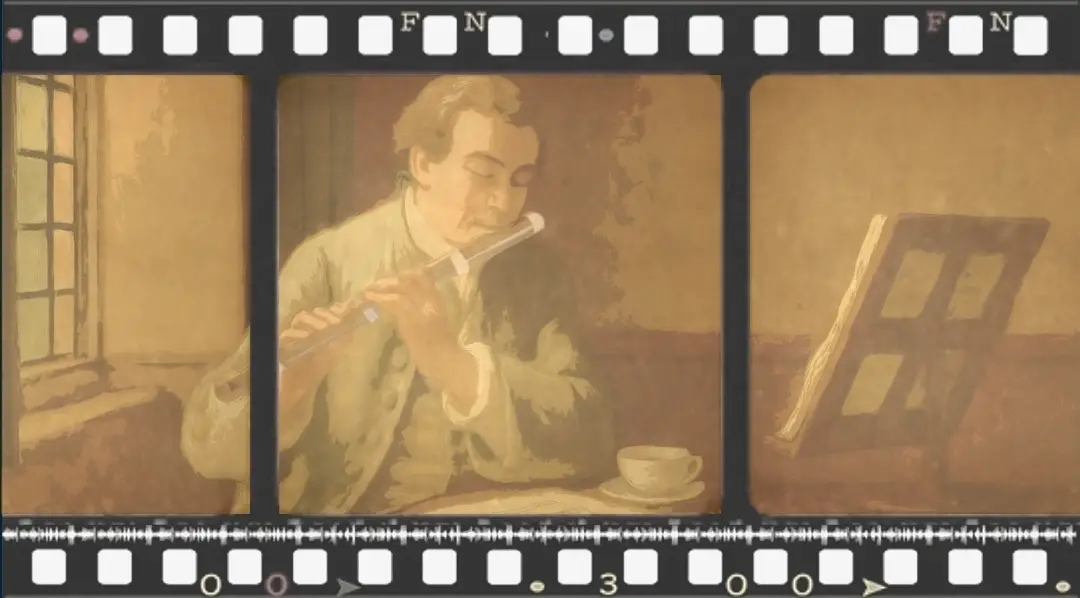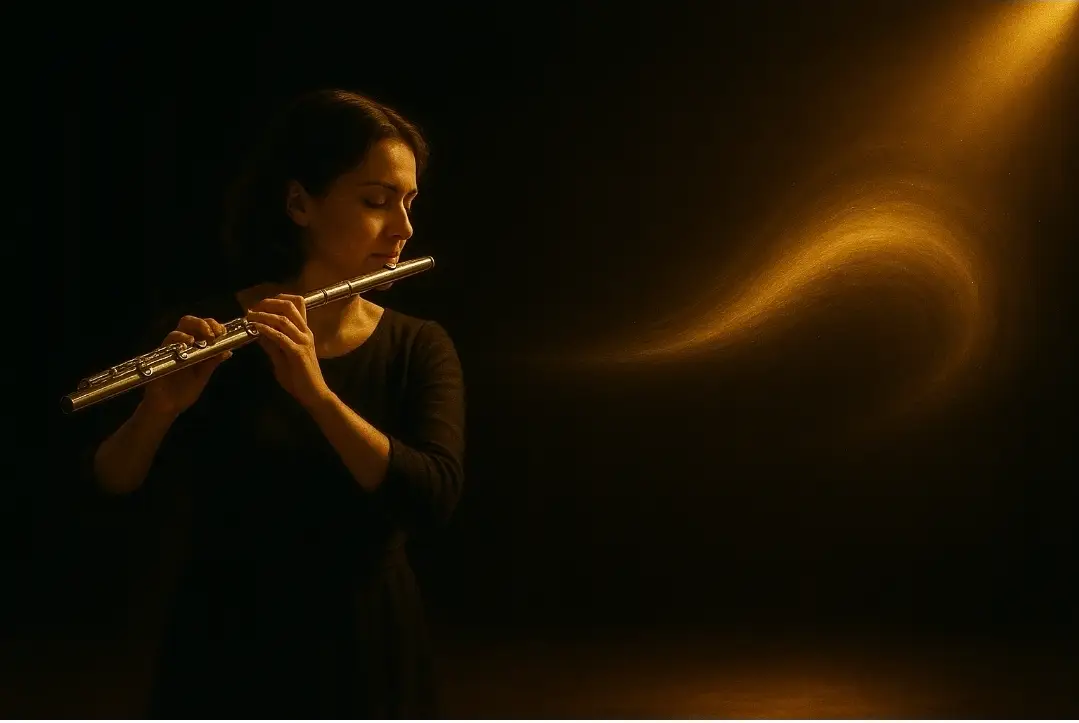When we think of Johann Sebastian Bach, we often picture an organist, a master of counterpoint, a composer of sacred works and monumental fugues. But within his vast legacy lies a uniquely lyrical and intimate voice – his writing for the flute.
On March 31, the world celebrates Bach’s birthday. At Flute Almanac, we take this opportunity to explore the deeply fascinating relationship between Bach and the flute: a dialogue of intellect, emotion, and expressive challenge that continues to inspire and intrigue.
A Composer Who Didn’t Cater to the Instrument
Bach didn’t write flute music to make it easy. He wrote to elevate the instrument – and the performer. His flute works demand fluency, stamina, and a keen sense of line and articulation.
Take the Partita in A minor (BWV 1013), an unaccompanied solo work that drops the performer into a stream of relentless musical thought. With no room for breath and no harmonic support, it challenges the flutist to evoke structure, tension, and poetry using only tone and phrasing.
Written for Whom?
Bach’s flute music likely wasn’t written for amateurs. At various times in his life, he was surrounded by extraordinary flutists – Buffardin, Quantz, possibly even his own sons. New research suggests some works may have originated as trio sonatas or exercises, later revised for specific performers or practical use.
The E major Sonata (BWV 1035), for example, is thought to have been composed for Michael Gabriel Fredersdorf, a gifted flutist in the service of Frederick the Great.
Some passages in the E minor Sonata (BWV 1034) suggest a connection to the highly skilled flutists active in Leipzig during Bach’s time at the Thomaskirche. Their virtuosic playing may have inspired the sonata’s expressive phrasing and technical demands, hinting that Bach composed it with a specific performer or circle of elite musicians in mind.
Trio Sonata from The Musical Offering (BWV 1079) was likely composed for Frederick the Great or his court musicians during Bach’s 1747 visit.
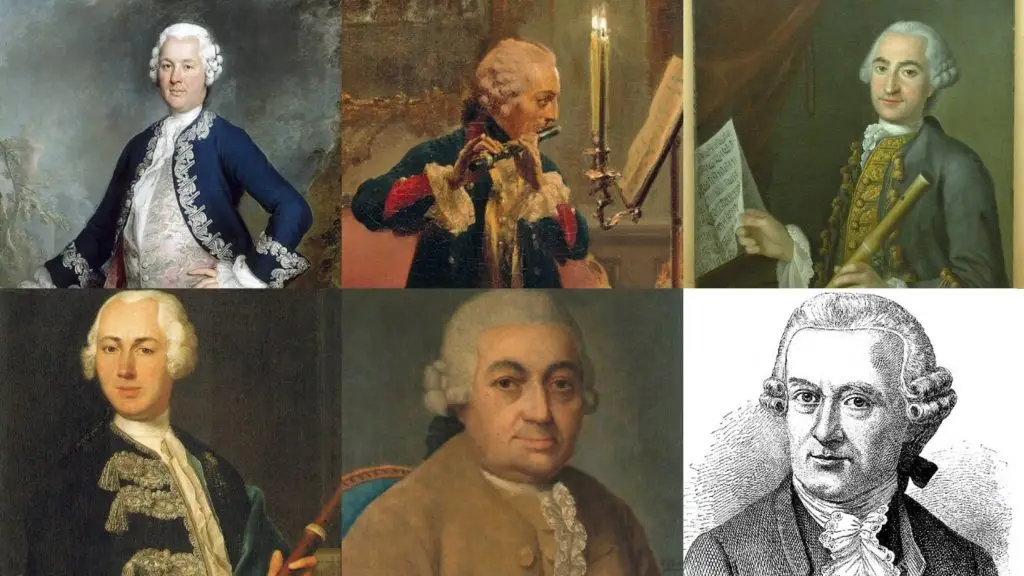
The Flute Bach Knew
The instruments were different – and so was the sound. Bach wrote for the traverso, a one-keyed wooden flute with a soft, veiled tone and a limited upper range. The first octave had exceptional warmth, and Bach often favored this register – challenging modern flutists who are used to brighter, more powerful instruments.
Baroque flutes were quieter, more intimate, and more subtle than their modern counterparts. Their expressive potential lay not in volume but in color and nuance – qualities Bach fully understood and exploited.
Interpreting Bach Today
To modern flutists, Bach’s phrasing can feel merciless – but in his time, breath was flexible, ornaments were personal, and expression often trumped precision.
Bach’s scores were never meant to be followed mechanically. They are musical frameworks, open to thoughtful shaping. Understanding the performance traditions of his time – from articulation to tempo choices – allows modern flutists to engage more authentically with his music.
Bach’s Ear for Balance
Bach demonstrated a keen sensitivity to instrumental balance. In chamber settings, he carefully shaped part writing to ensure the flute’s voice could be heard clearly and expressively. In orchestral works, he often reduced the texture during flute solos, allowing the instrument’s delicate timbre to shine.
These nuances are frequently missed in modern performances, where louder equals better, and the flute is often asked to fight instead of blend. Bach’s orchestration reminds us that power is not always the goal – clarity and intention often matter more.
Why This Music Still Matters
Bach’s flute music invites us to think deeply – not only about interpretation but about the flute itself. These works push players beyond technique into the realms of expression, imagination, and stylistic insight.
For the 21st-century flutist, Bach is not just history. He is a living force in our repertoire – a composer who challenges us to listen more closely, breathe more intelligently, and think more musically.
Did You Know?
The Partita in A minor (BWV 1013) contains no dynamic or articulation markings—it’s up to the performer to shape the entire piece.
Sonata in B Minor (BWV 1030) was originally in G minor and may not have been for flute at all.
Bach often wrote his flute parts in the lower register – not as a limitation, but as an expressive choice.
Frederick the Great, a flutist himself, once gave Bach a royal theme that inspired The Musical Offering.
Happy Birthday, Johann Sebastian Bach! Your flute music continues to breathe new life into our playing, our teaching, and our understanding of music itself.
